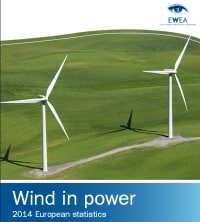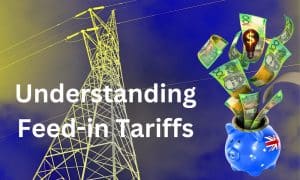New figures from the European Wind Energy Association have painted a grim picture for the future of fossil fuel-generated electricity, with the wind industry across member states installing more capacity than gas and coal combined.
Annual statistics released by the EWEA show the European wind industry connected nearly 12 gigawatts of new capacity to the grid last year. Coal and gas added 3.3 gigawatts and 2.3 gigawatts respectively.
Europe’s fossil fuel capacity actually declined in 2014, while new wind installations continued to increase at an annual rate of 3.8 per cent from 2013, with cumulative capacity now sitting at 128.8 gigawatts in the EU. Of that, 120.6 GW is onshore and just over 8 GW is offshore.

According to the industry body, there is now enough grid-connected wind power to cover 10 per cent of the EU’s total electricity consumption.
“Europe is at a turning point for investment in renewables and particularly wind,” said Thomas Becker, chief executive officer of the EWEA. “Plowing financial capital into the industries of old in Europe is beginning to look unwise. By contrast, renewables are pushing ahead and investments in wind remain attractive.”
Since 2000, annual installations of wind power in the EU have increased from 3.2 gigawatts to 11.8 gigawatts in 2014, an annual compound growth rate of nearly 10 per cent. Current estimates put the market worth somewhere between €13 – €18 billion. Germany and the UK currently hold top positions for installed wind capacity, accounting for 59.5 per cent of all new installations in 2014.
The report also reveals headwinds for the industry in previously strong markets in countries such as Denmark, Spain and Italy as political uncertainty and austerity measures impact on investment. However, Denmark’s efforts to date are by no means shabby –39.1% of the nation’s electricity consumption was covered by Danish wind turbines in 2014.
“These numbers very much show Europe’s continued commitment to renewable and wind energy,” Becker said. “But this is no time for complacency. The uncertainty over the regulatory framework for the energy sector is a threat to the continued drive toward sustainable and homegrown energy that will guarantee Europe’s energy security and competitiveness for the long-term.”
Wind In Power : 2014 European Statistics can be viewed in full here (PDF).
















































